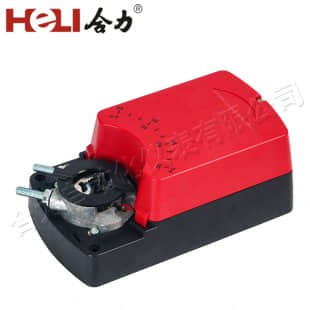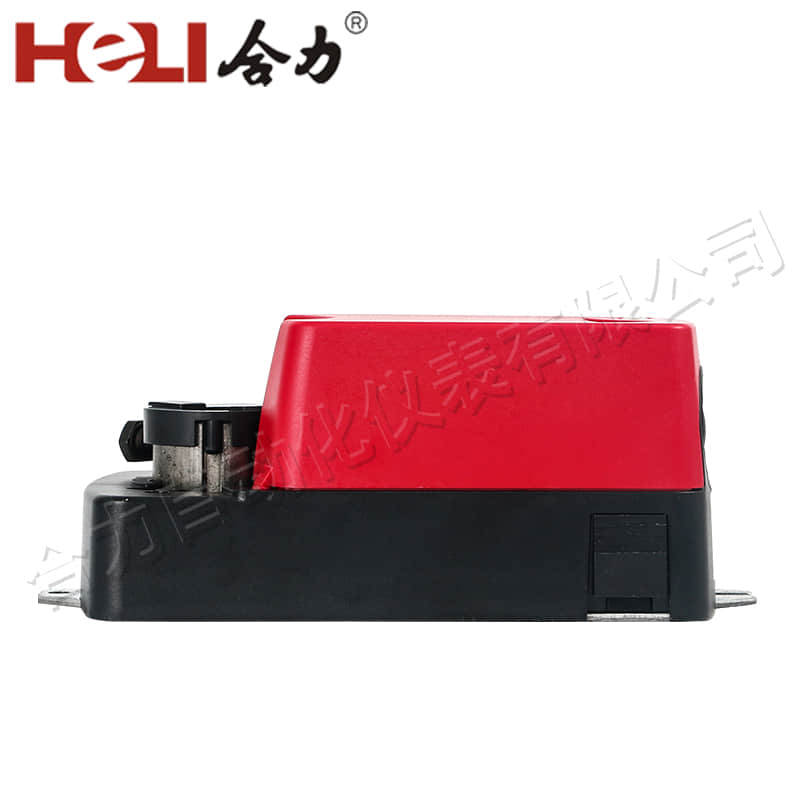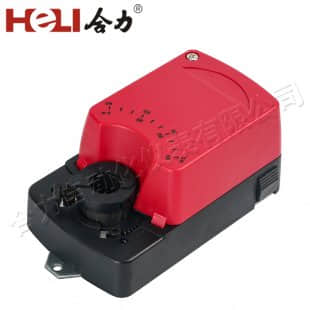understanding damper actuators: essential components for hvac systems
Release time:2024-12-04 01:19:41
Damper actuators play a crucial role in heating, ventilation, and air conditioning (HVAC) systems, ensuring efficient airflow and temperature control in residential, commercial, and industrial buildings. These devices are designed to regulate the opening and closing of dampers, which are crucial for managing the flow of air through ductwork. This article explores the types, functions, and significance of damper actuators, providing a comprehensive understanding of their operation and impact on HVAC efficiency.

What is a Damper Actuator?

A damper actuator is an electromechanical device that controls the position of a damper. Dampers are movable plates installed in ducts to regulate airflow. By adjusting the damper's position, the actuator can either allow more air to flow or restrict it, thereby influencing temperature and pressure within the HVAC system. Damper actuators can be powered by various energy sources, including electricity, pneumatic pressure, or hydraulics. Types of Damper Actuators
There are primarily two types of damper actuators: electric and pneumatic.




